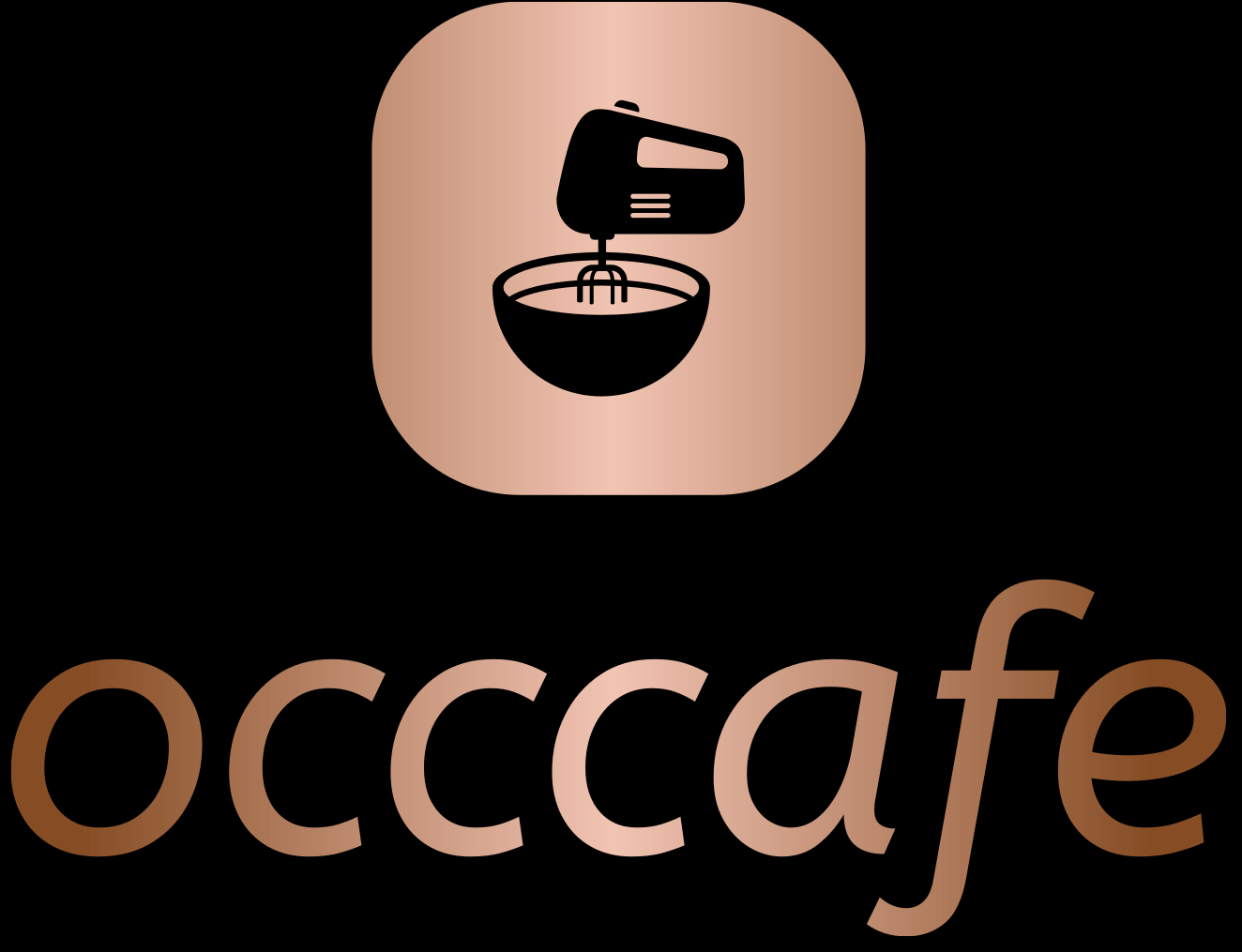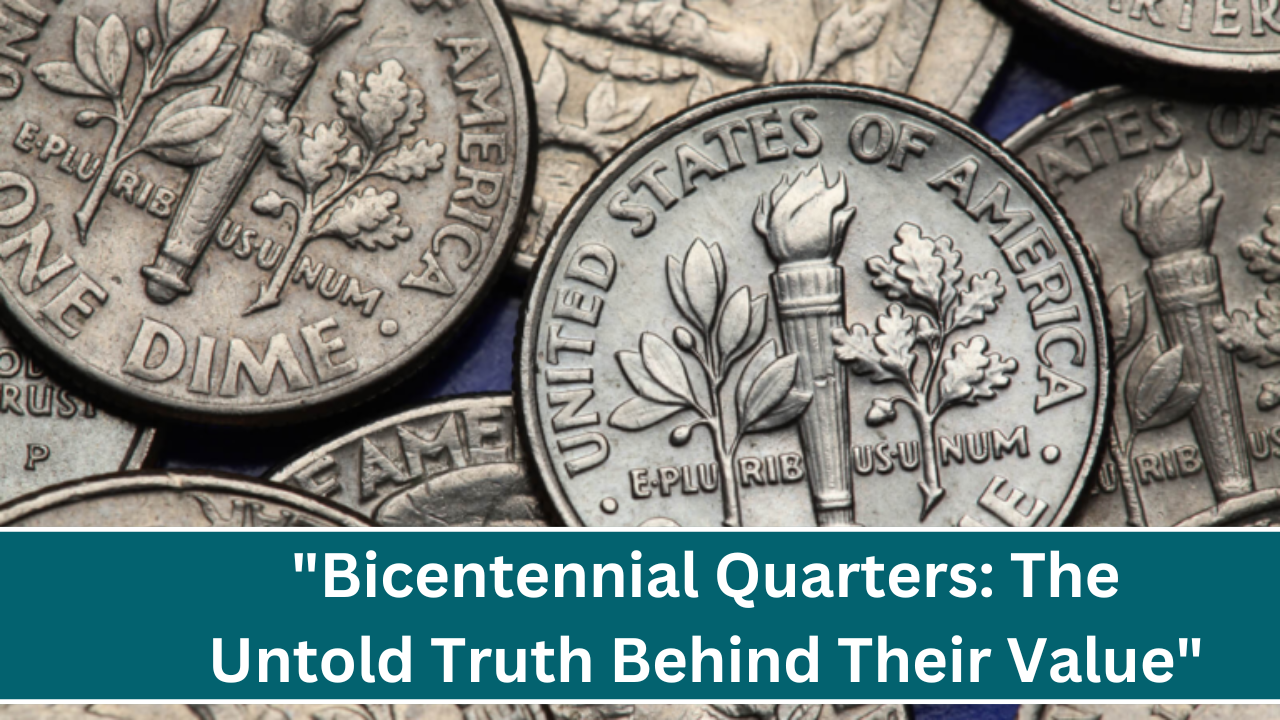Introduction
The United States Mint commemorated the bicentennial celebration of the United States of America by striking the Bicentennial Quarter in 1975 and 1976. This was done in association with other organizations. This was in the context of a greater celebration that this was conducted in. It was within the context of the United States of America that this memorial that was so broad took place.
On the reverse side of the quarters, you can find a picture of an early colonial drummer. You can locate this picture here as a representation of national struggle for liberty. Compared to other quarters, the image of George Washington in this conventional portrait is preserved only on the obverse of these quarters.
Huge volumes of discussion exist on the actual value of Bicentennial Quarters. This is true not just for collectors but also to buyers and sellers. However, although these quarters have been produced in very big numbers, this is a reality that has been set.
Minting/Availability
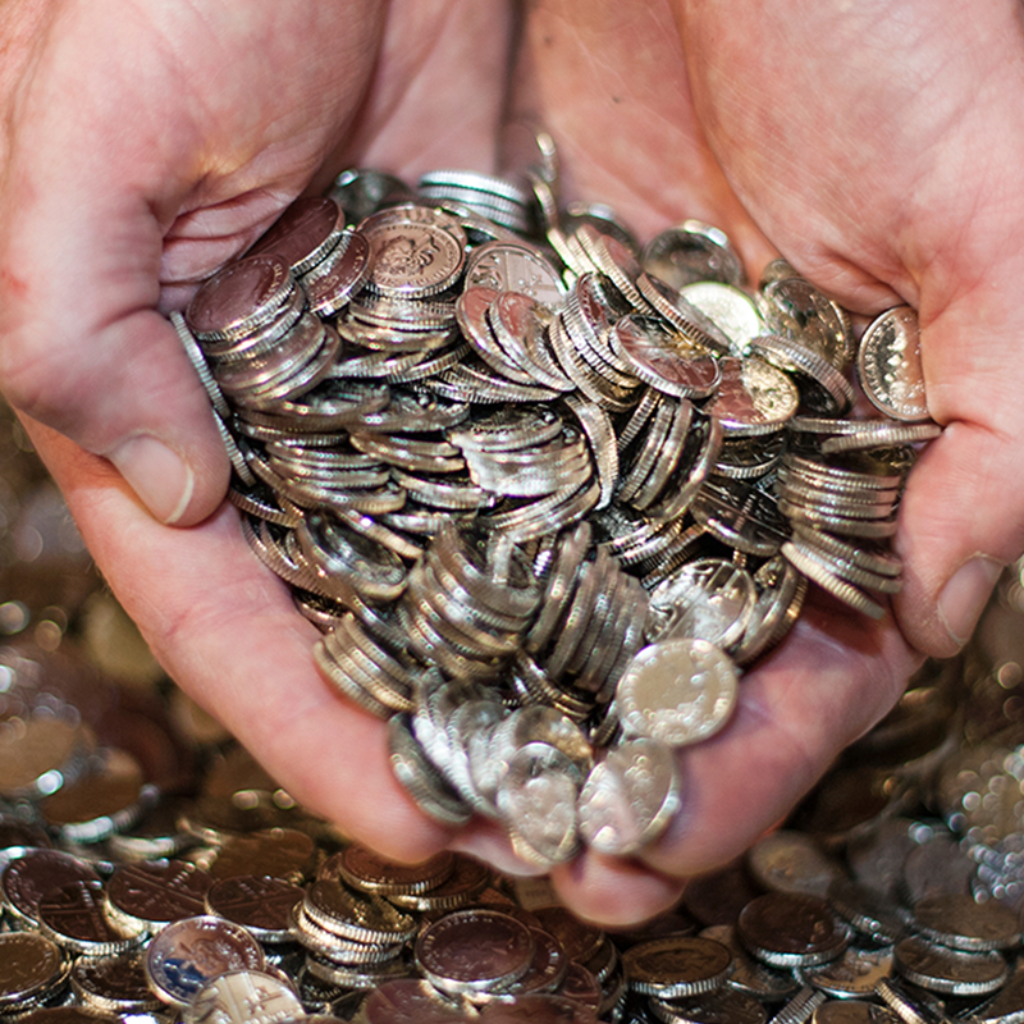
Some 1.6 billion Bicentennial Quarters were struck at Philadelphia, Denver and San Francisco mints. These mints together accounted for their production. These mints were produced by a collective effort of a variety of different people. Besides the standard circulation coins that were made available to the public, each of the coins was also produced in a special silver version meant specifically for collectors.
The version was meant to be a limited edition. This version was done aside from the ones distributed to the public. As most of these coins are free, then there might be false perceptions of the value of these coins. Most of these coins are offered. This is something that is achievable because there are many of these coins.
Collectible Variants
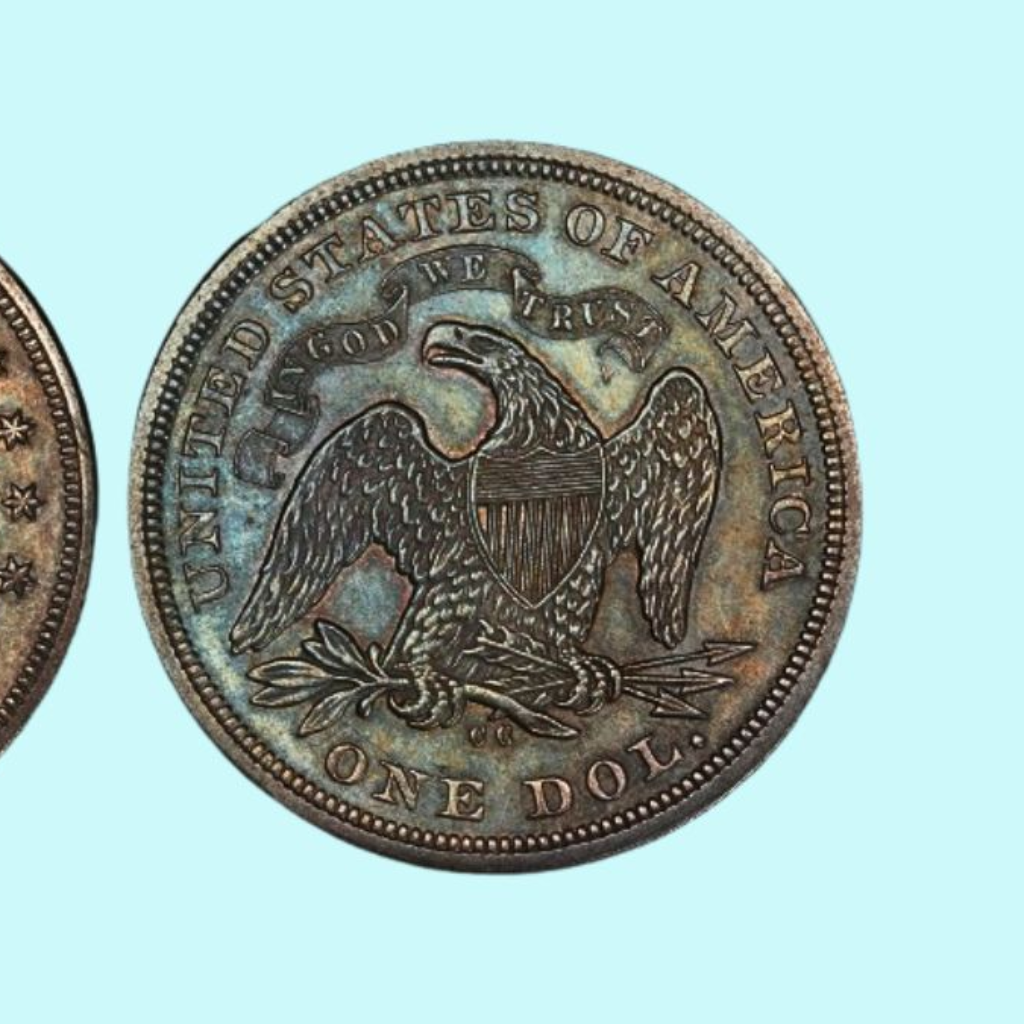
It can be noted that the Bicentennial Quarters have distinct features different from those of the other quarters in the complex. There are several types of coins that attract collectors, although most coins are worth their face value, which is twenty-five cents. However, some types of coins are really in demand. For instance, the San Francisco mint was the one making the silver proof edition of the coin.
The value of this particular edition might be fetching values much more than its face value. This is going to be much more than its actual value. These values may vary depending on the condition of the coin and may go up to $5-$20 or even higher. All those prices are subjective.
There is a possibility of pricing much higher. They even might demand even higher prices. Quarters that are defective, such as being misprinted or being double dies, will probably cost much more than error-free quarters when compared to the prices of error-free quarters.
Market trends
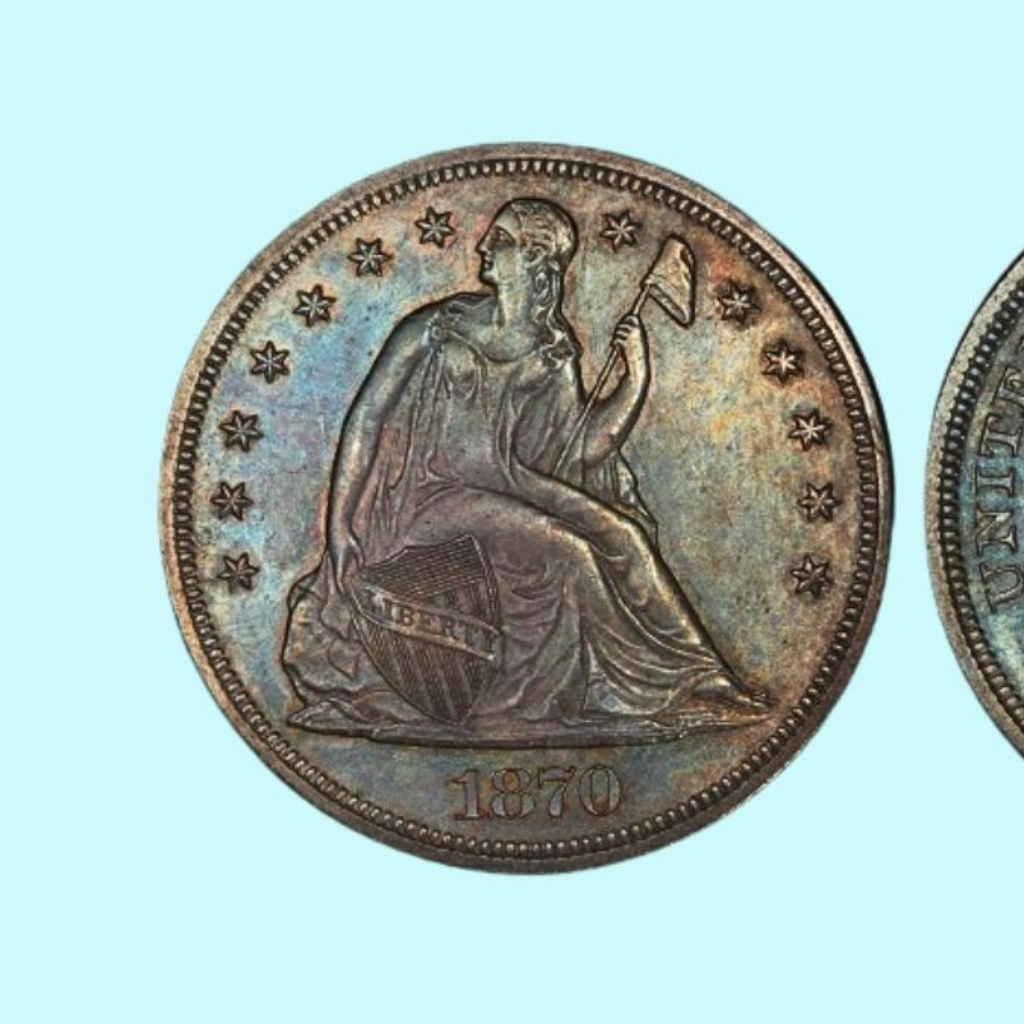
The market for Bicentennial Quarters has, in several years, undergone extreme fluctuations and varied changes. Even though they may not have that kind of beauty as far as rare coins from ancient times are concerned, collectors always go for them because they carry historical value and intriguing design they exhibit. Such is the case despite not having the same beauty.
In case investors are ready to invest in the company, it is very important for them to research and know much more about the industry before any decision is taken. The value can change quite dramatically based on a variety of circumstances, such as whether the item is in pretty good condition, how strong the demand is for this item, and to what extent it is unique. This is one of the reasons why this is the case.
| Type of Bicentennial Quarter | Estimated Value (USD) |
| Regular Bicentennial Quarter | Face value ($0.25) |
| High-Grade Bicentennial Quarter (MS67+) | $100 – $500 |
| Silver Bicentennial Quarter (Proof) | $7 – $10 |
| Rare Error Bicentennial Quarter | $5,000 – $20,000 |
| Most Valuable Bicentennial Quarter (unique error) | $1,000,000+ |
Conclusion
Even though the majority of collectors would not consider the Bicentennial Quarter to be a treasure trove, it is commonly acknowledged that it is of substantial value in the field of American numismatics. This is the case despite the fact that it is not considered to be a treasure trove.
This is because the Bicentennial Quarter was minted to commemorate the centennial of the United States of America. By knowing its history and market, collectors will be able to achieve this aim. This will allow them to build a deeper understanding of the value of the item, which goes beyond the monetary aspect.
More For You
Russell Wilson puts arm around Justin Fields shoulder after fresh Pittsburgh blow
Hidden Treasures: The $130,000 Bicentennial Quarter and 3 Valuable Coins
FAQs
1. Q: Which Bicentennial Quarters are worth money?
Errors in minting; proof or uncirculated finishes; and mint marks, such as “S” for San Francisco
2. Q: Are all Bicentennial Quarters worth more?
Only coins with errors or minting variations are worth something; most quarters are worthless
3. Q: How do I determine if my quarter is worth more than face value?
Look for the presence of mint marks, such as “S” or “D,” which may mean your quarter is uncirculated or has some other rarely occurring minting error.
4. Q: What are the common errors that make Bicentennial Quarters worth money?
Double dies, off-center strikes and die breakage are most in demand by collectors as well as add value to a quarter.
5. Q: Do valuable Bicentennial Quarters circulate?
Rarity as high-value quarters tend to be uncirculated or in collections.
